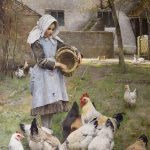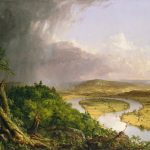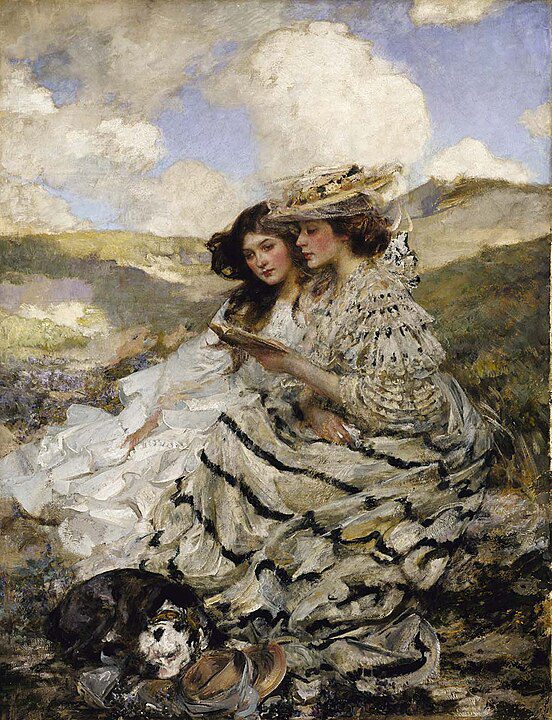
James Jebusa Shannon, an American-born artist who achieved prominence in England, is celebrated for his extraordinary talent in portrait painting. His works captured the essence of late Victorian and Edwardian society, blending technical mastery with a keen sense of individuality. His career not only reflects his artistic brilliance but also offers insights into the cultural dynamics of his time.
Early Life and Artistic Beginnings
Born on February 3, 1862, in Auburn, New York, James Jebusa Shannon grew up in a family that valued creativity. In his early years, the family moved to St. Catharines, Ontario, Canada. Shannon’s natural aptitude for drawing became evident during his childhood, prompting his parents to support his artistic ambitions.
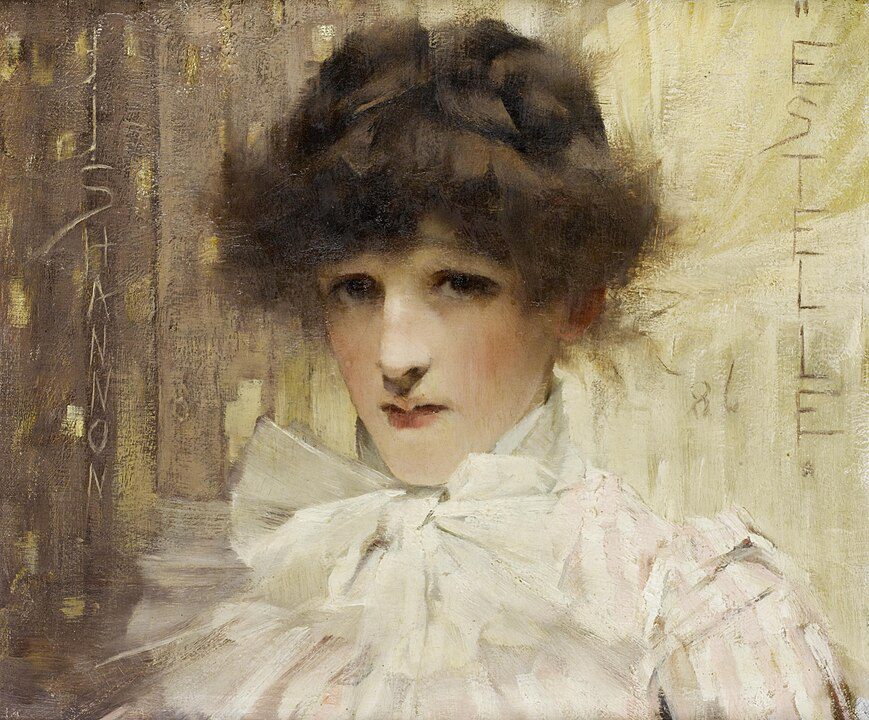
At the age of 16, Shannon was accepted into the National Academy of Design in New York, one of the most prestigious art institutions in North America. Here, he trained rigorously in the academic tradition, focusing on drawing and oil painting. His teachers emphasized classical techniques, which would later underpin his mature style.
In 1878, his journey took a significant turn when he moved to London to attend the South Kensington School of Art (now the Royal College of Art). At the time, London was a bustling hub of artistic innovation, hosting the works of the Pre-Raphaelites, Aesthetic Movement pioneers, and other emerging trends. Immersed in this rich environment, Shannon quickly adapted to the British art scene, laying the foundation for his illustrious career.
Rise to Prominence in Portraiture
By the early 1880s, Shannon had already begun receiving commissions for portraits. His talent for capturing both physical likeness and the nuanced personalities of his sitters set him apart. British society, known for its emphasis on class and status, found his style particularly appealing. Shannon’s portraits resonated with the upper class, who sought not only to document their appearance but also to convey their refinement and social standing.
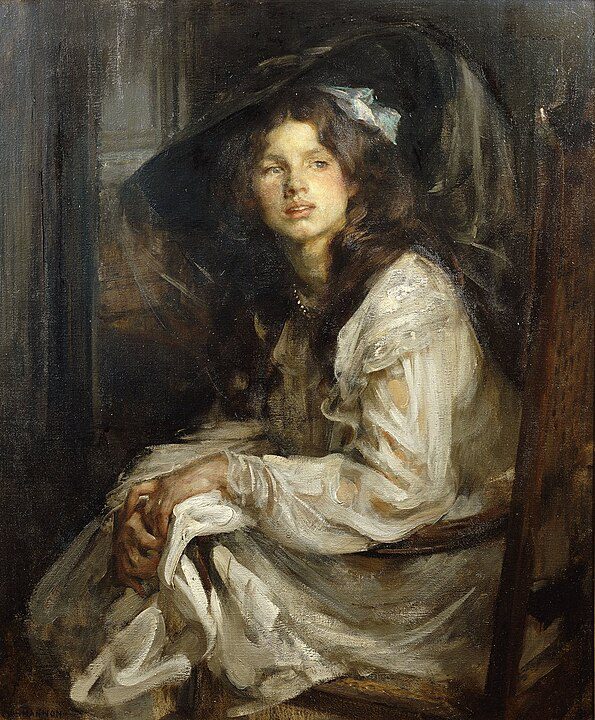
The painting “Miss Kitty” (1887) became his breakout work. Acclaimed for its technical brilliance and emotional depth, it won a place in the Chantrey Bequest Collection, solidifying Shannon’s reputation. This recognition brought more opportunities, and he quickly established himself as one of Britain’s most sought-after portrait artists.
Stylistic Influences and Techniques
Shannon’s style was a fusion of realism and romanticism, reflecting his classical training and the influence of contemporary movements. His admiration for 17th-century Dutch and Flemish masters, such as Rembrandt and Vermeer, is evident in his use of light and texture. Shannon skillfully employed chiaroscuro to create depth and drama, a technique that lent his portraits a timeless quality.
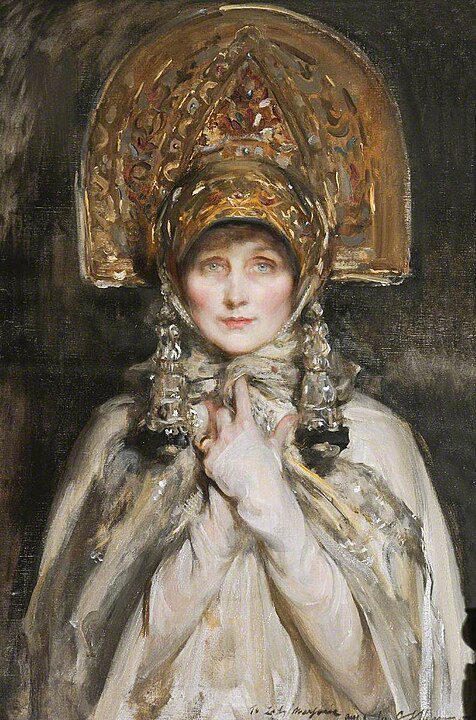
He was also deeply influenced by the Aesthetic Movement, which championed the idea of “art for art’s sake.” This philosophy emphasized beauty and harmony over moral or narrative content. Shannon incorporated this ethos into his work, particularly in his portraits of women and children, where delicate brushwork and soft color palettes created a dreamlike atmosphere.
Another hallmark of his work was the attention to detail in textiles and settings. Shannon meticulously rendered the textures of silk, velvet, and lace, as well as the intricate patterns of upholstery and wallpaper. These elements added richness to his compositions, enhancing the overall visual experience.
Success in a Competitive Era
Shannon’s career flourished during a period when portraiture was undergoing a revival. The Industrial Revolution had created new wealth, and Britain’s growing middle and upper classes sought to emulate the aristocratic tradition of commissioning portraits. Shannon’s ability to convey a sense of dignity and refinement made him a favorite among these patrons.
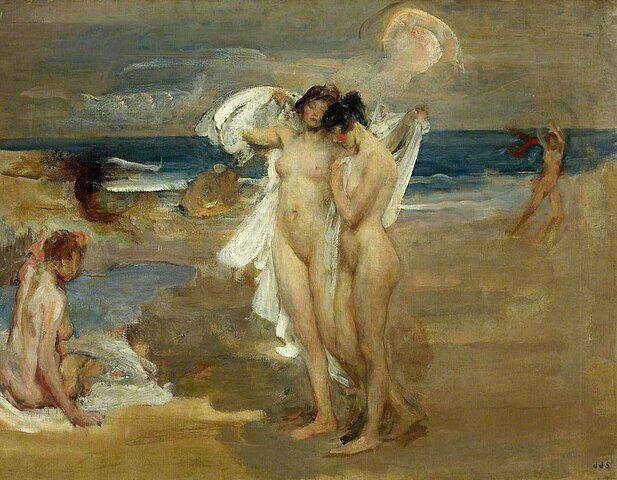
He exhibited frequently at prestigious venues, including the Royal Academy, the Grosvenor Gallery, and the Paris Salon. His works often received critical acclaim, earning him medals and accolades. In 1897, he became one of the founding members of the New English Art Club (NEAC), which provided an alternative to the Royal Academy for progressive artists. This affiliation showcased his willingness to embrace innovation while maintaining his classical roots.
Notable Works and Subjects
Shannon painted numerous high-profile figures of his time, including members of the British aristocracy and prominent cultural figures. Some of his most celebrated works include:
- “Miss Kitty” (1887): This portrait of a young girl captures the innocence and charm of childhood. The delicate interplay of light and shadow highlights Shannon’s technical mastery.
- “Lady Colin Campbell” (1897): A dramatic and sophisticated portrayal of one of Victorian society’s most controversial women, reflecting both her elegance and defiance.
- “The Flower Girl” (1900): A study in contrast and subtlety, this painting blends realism with romanticism, showcasing Shannon’s skill in depicting ordinary subjects with grace.
- “Mrs. Lionel Phillips” (1903): A striking portrait of a wealthy socialite, demonstrating Shannon’s ability to convey both personality and opulence.
In addition to portraits, Shannon occasionally ventured into genre painting and allegorical subjects, although these works were less prominent in his career.
Challenges and Transitions
While Shannon enjoyed considerable success, his career was not without challenges. The art world was changing rapidly in the early 20th century, with the rise of modernist movements such as Cubism and Futurism. These avant-garde styles often clashed with the traditionalism of portraiture, making it harder for artists like Shannon to maintain their prominence.
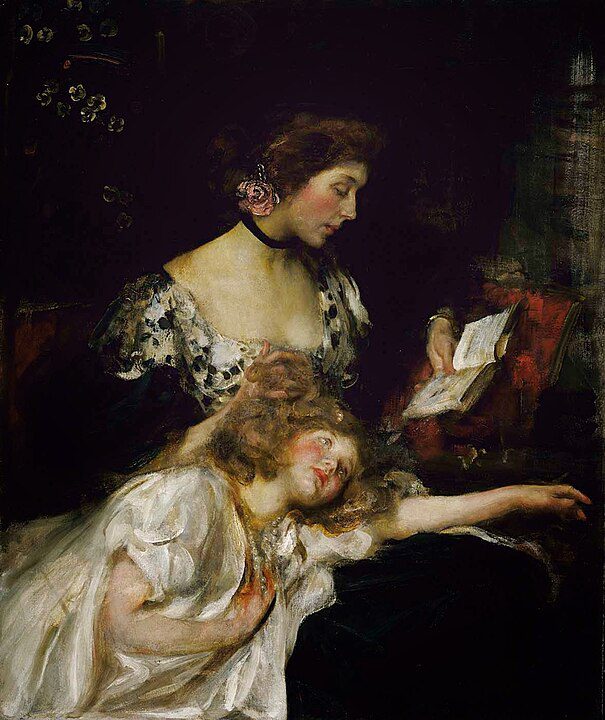
Despite this, Shannon remained dedicated to his craft. His later works continued to display the elegance and technical proficiency that defined his earlier career. However, declining health in the 1910s began to limit his output, and he became less active in the art scene.
Honors and Recognition
Shannon’s contributions to the art world were widely recognized during his lifetime. In 1909, he was elected a Royal Academician, one of the highest honors for an artist in Britain. This achievement underscored his impact on British portraiture and solidified his place among the leading artists of his era.
In 1922, Shannon was knighted by King George V for his services to art. This recognition was a testament to his enduring influence, even as new artistic movements emerged.
Personal Life and Legacy
Shannon married Florence Mary Cartwright, a woman who often inspired his work. The couple had one daughter, Kitty Shannon, who followed in her father’s footsteps to become a painter. Kitty’s works, though less renowned, reflect a similar sensitivity and attention to detail.
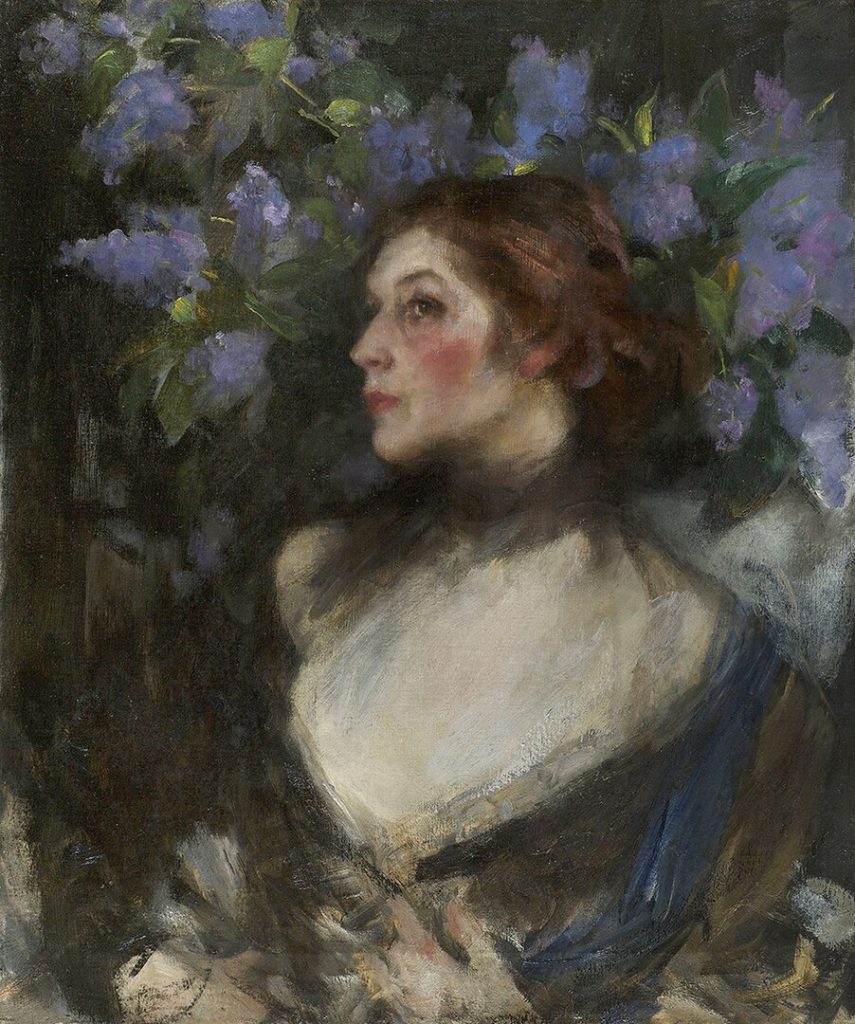
Shannon passed away on March 6, 1923, at the age of 61. His death marked the end of an era for British portraiture, but his influence lives on through his paintings, which continue to be celebrated for their beauty and technical brilliance.
Contributions to British Art
James Jebusa Shannon’s legacy lies in his ability to balance tradition and innovation. He bridged the gap between the academic realism of the 19th century and the stylistic experimentation of the early 20th century. His works serve as a visual record of a dynamic period in British history, capturing the elegance and aspirations of his time.
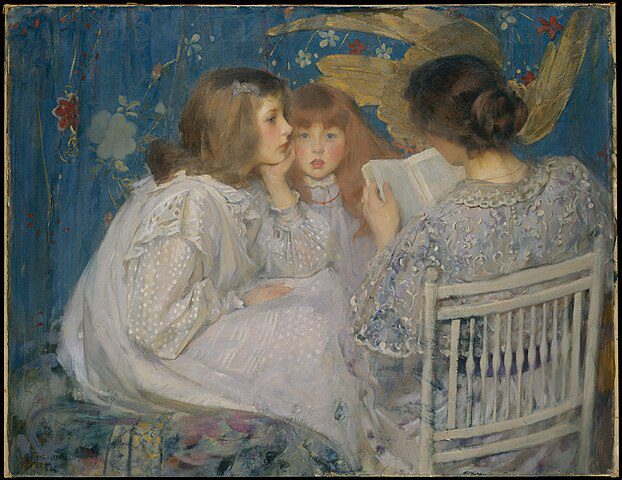
Today, Shannon’s paintings are housed in major collections, including the Tate Gallery and the National Portrait Gallery in London. They remain a testament to his extraordinary talent and his enduring impact on the world of art.
Key Takeaways:
- James Jebusa Shannon was a master of portraiture, celebrated for capturing the elegance of Victorian and Edwardian society.
- His works were influenced by Dutch masters, the Aesthetic Movement, and academic realism.
- Shannon’s notable works include “Miss Kitty,” “Lady Colin Campbell,” and “The Flower Girl.”
- He was a Royal Academician and was knighted for his contributions to art.
- His legacy continues through his paintings, which are featured in major museums and collections.
FAQs:
- What made James Jebusa Shannon’s portraits unique?
His ability to capture both physical likeness and the personality of his sitters made his portraits stand out. - Where can I view Shannon’s works today?
His paintings are part of collections at the Tate Gallery, National Portrait Gallery, and other major institutions. - What was Shannon’s connection to the Aesthetic Movement?
He embraced the movement’s ideals of beauty and harmony, incorporating them into his elegant portraits. - Did Shannon only paint portraits?
While primarily a portraitist, he also created genre paintings and allegorical works, though these were less frequent. - How did Shannon contribute to the art world?
As a founding member of the New English Art Club and a Royal Academician, he played a key role in shaping British portraiture.



